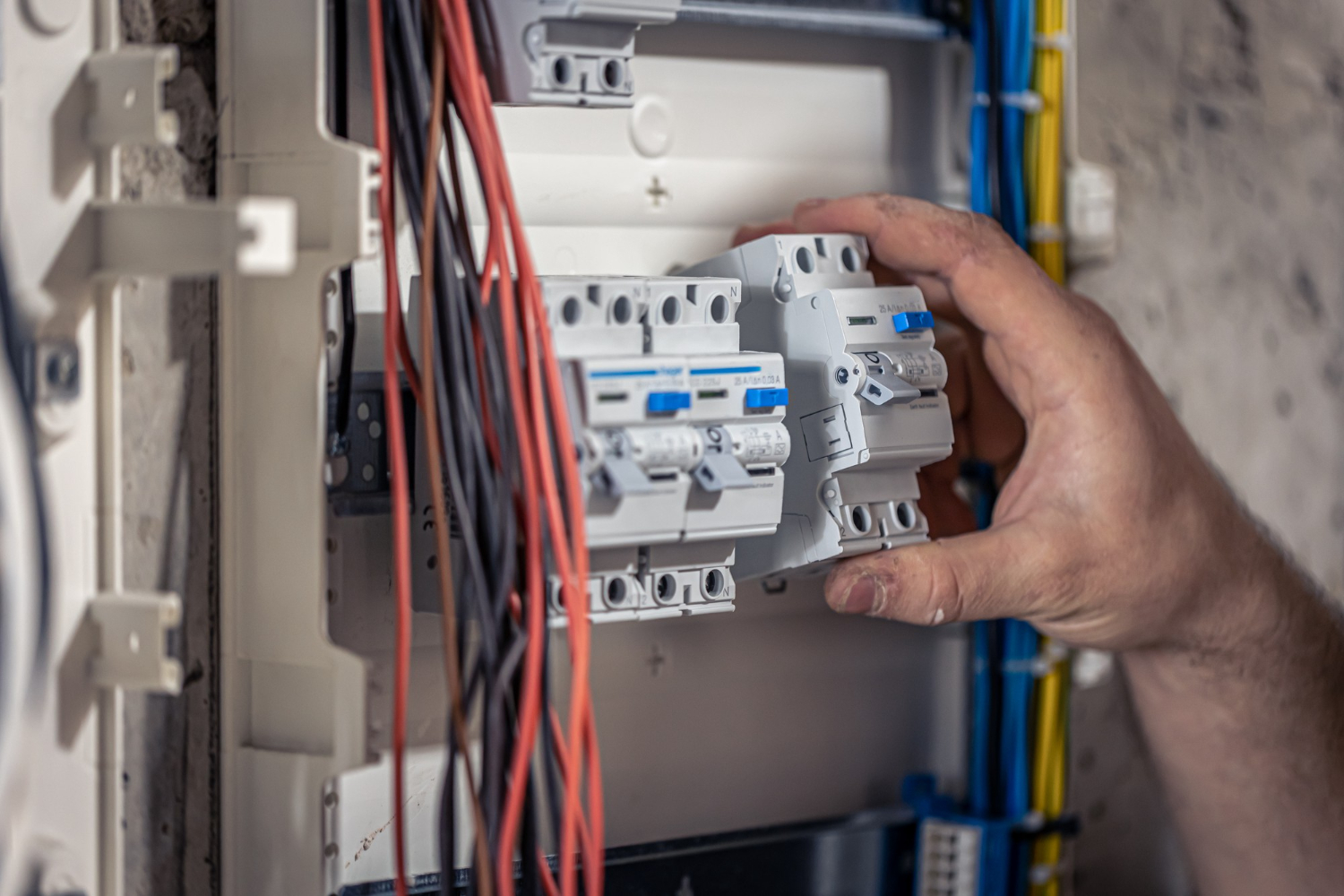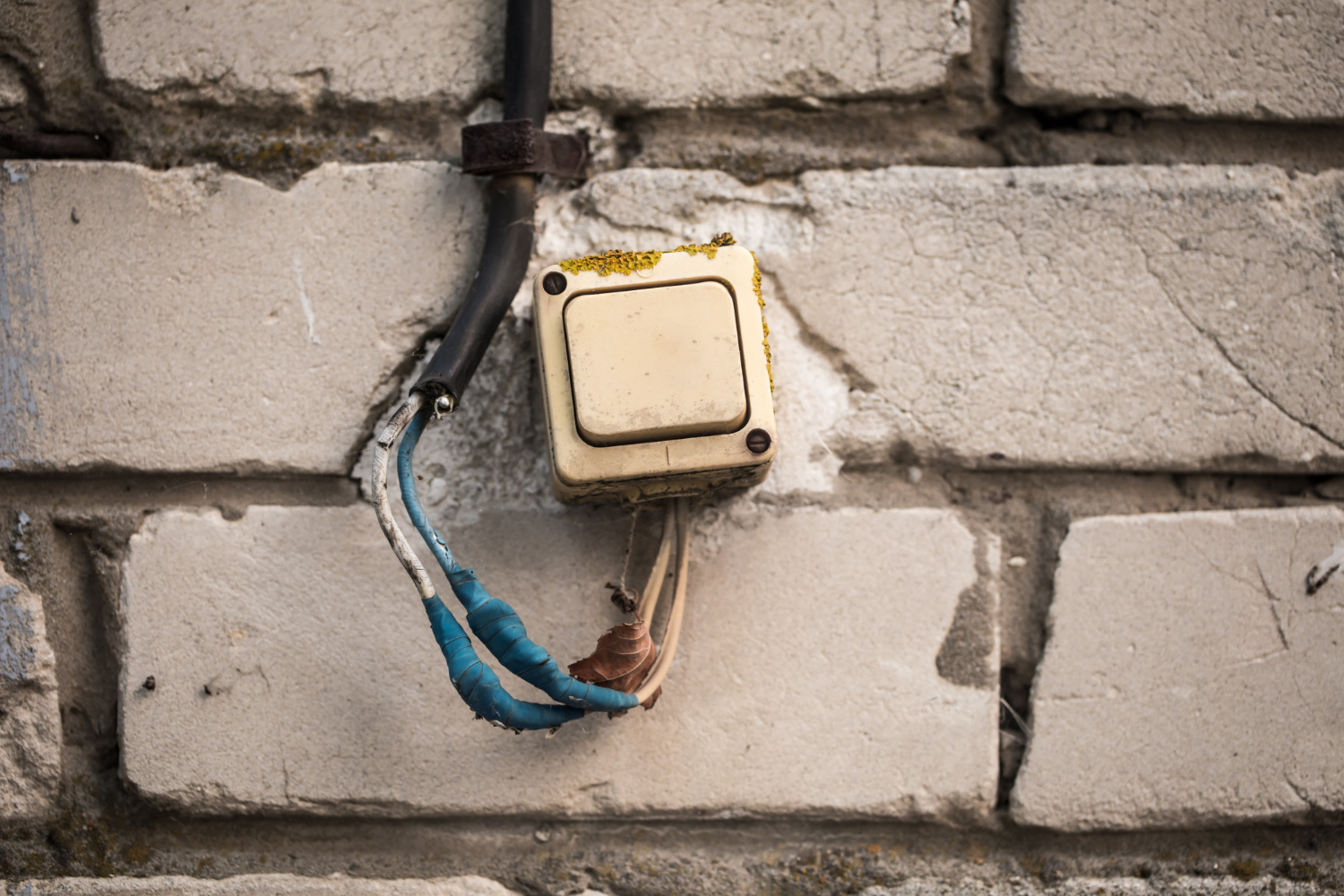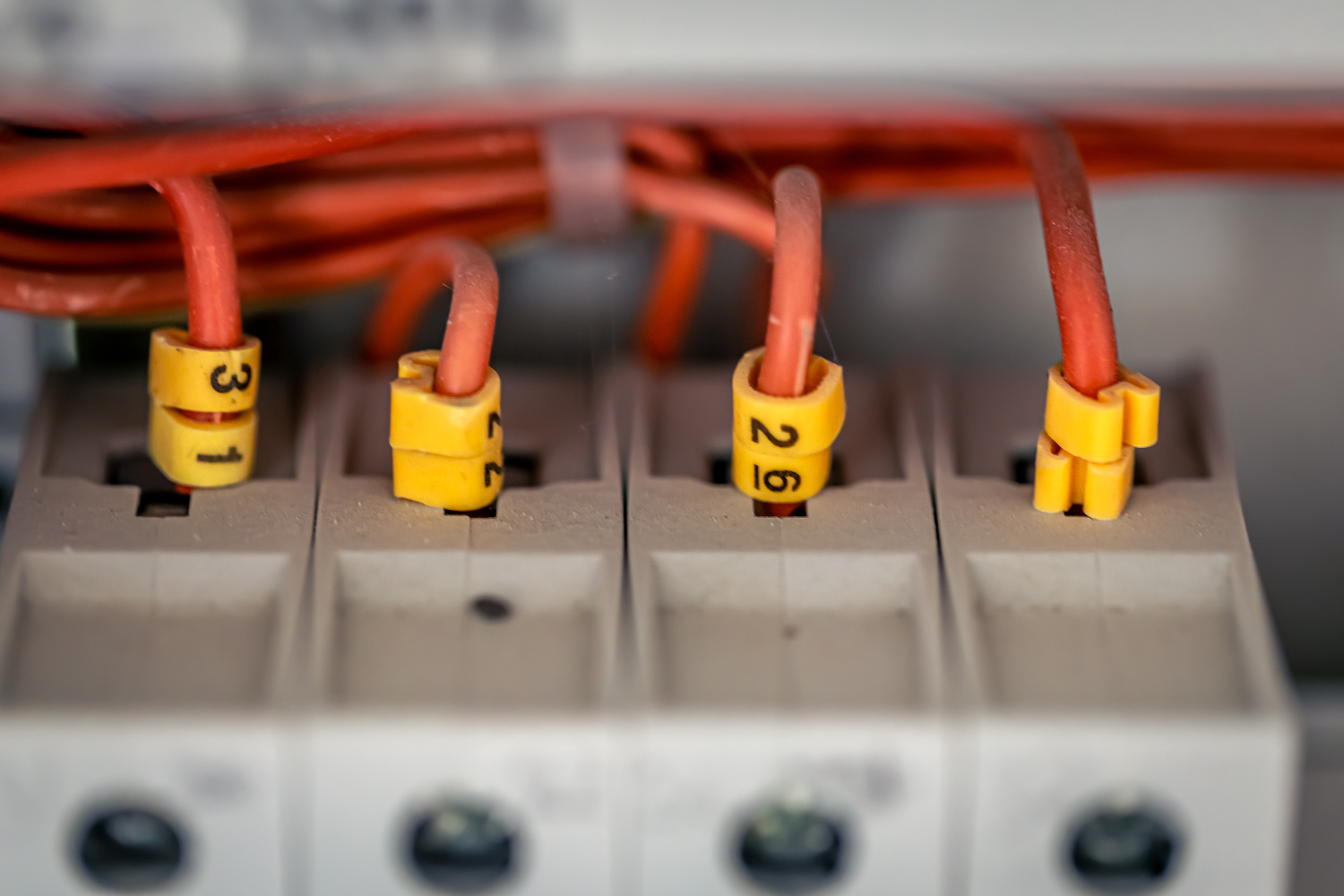Your circuit breaker safely distributes electricity throughout your house. At times, however, a breaker might trip and turn off, causing a loss of power. Understandably, this event can disrupt many household activities.
Fortunately, resetting a circuit breaker takes only a little time and effort. Read on to find out how.
Three Ways to Reset a Circuit Breaker
- In most cases, to reset your circuit breaker, you should:
- Unplug all appliances in the area where you’ve lost power.
- Locate the tripped breaker in your circuit box. Depending on the model, the tripped breaker will be in the OFF or NEUTRAL position (as opposed to the others, which will be ON).
- Flip the breaker to the ON position. If it’s in the NEUTRAL position, turn the breaker OFF before turning it ON.
Your circuit breaker may have a test button. If so, press the test button to turn OFF your circuit breaker. If your breaker doesn’t trip, you’ll need to replace it. It may be defective.
- If the breaker won’t reset after taking these actions, you’ll need to:
- Put on rubber-soled shoes, rubber gloves, and safety glasses.
- Turn OFF every breaker.
- Reset the main breaker by turning every breaker back ON.
- If the problem persists, call an electrician. A professional electrician will know how to reset the circuit breaker.
How to Tell If a Circuit Breaker Has Tripped
It’s easy to detect a tripped electric breaker, though you may have to use various methods.
First, you may have a newer breaker model with a light indicating which of your breakers has tripped. Your model may also have a directory that shows which breaker corresponds with which particular section of your home.
If you don’t have these add-ons, you’ll still be able to locate the tripped breaker. When viewing the panel, you’ll notice most of the breakers switched to one direction, which is the ON position. If you see one switch located in the NEUTRAL or OFF positions, that is the breaker that has tripped.
If you still can’t determine which breaker has tripped, manually test each breaker. That is, try pushing each breaker toward the ON position. Breakers that are in the ON position will firmly stay in place. Conversely, a tripped breaker will feel springy to the touch and move easily.
Why Do Breakers Trip? Three Conditions That Trip Circuit Breakers
Circuit breakers trip because of electrical overload. This overload happens when the wires inside the circuit take up more electrical current than they can handle. The wires then overheat and trip the circuit breaker.
Three reasons for circuit breakers tripping are:
- Overloaded circuits. An overloaded circuit means you have too many appliances running in one part of your home. Running all these appliances at once makes your circuit breaker trip. You may need to limit the appliances you use simultaneously.
- Short circuits. A short circuit occurs when two wires touch. This contact makes electricity rush through the wires, tripping the breaker.
- Ground faults. Ground faults happen when your home’s electricity diverts to the ground outside of your home’s wiring system. Water damage to an outlet is a leading cause of ground faults.
A breaker usually trips because of too many appliances plugged into a single outlet or when you’re running a high-voltage device.
ESD LLC Is Your Leading Supplier for Your Circuit Breaker
As you’ve learned, resetting a circuit breaker is usually straightforward, but sometimes you need professional help. Our experienced team at Electrical Supply Distribution (ESD) LLC in Monroe, WA, knows how to reset circuit breakers of all types. We are Northwest Washington’s top provider for circuit breakers and other electrical needs. Contact us at 425-419-4167 for a consultation.



